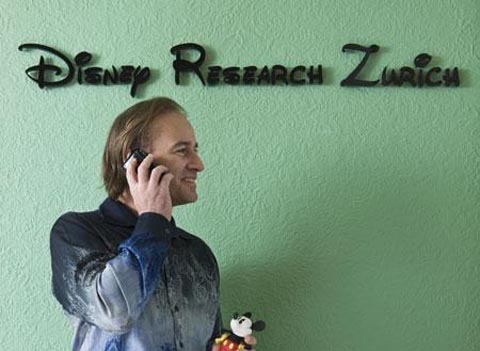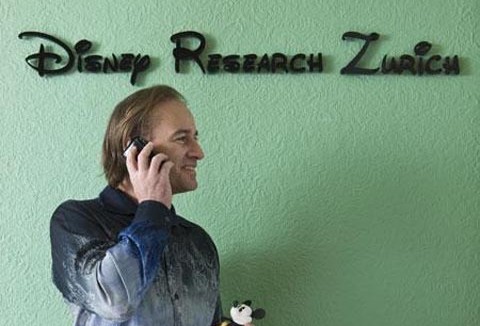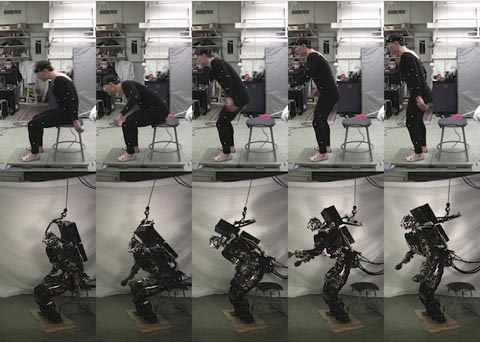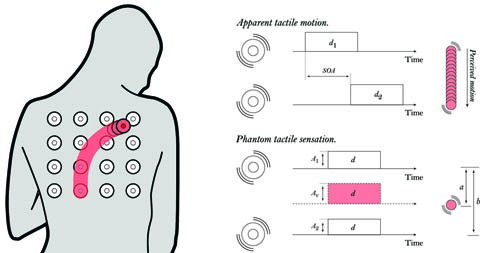

Disney Runs a Network of Global Research Labs

This is one of the most fascinating stories I’ve encountered in a while. For the past three years, Disney has been running a network of research labs in Zurich, Pittsburgh and Boston under the banner of Disney Research. The locations were chosen so that they could attract the brightest scientists from top institutions like the Swiss Federal Institute of Technology, Carnegie Mellon, Harvard and MIT. The facilities operate in addition to the ongoing research being done at Pixar, Disney Feature Animation and Imagineering. There are roughly 200 total people working in Disney Research including 50 senior research scientists. Here’s a look at their Zurich operation.
It’s surprising how little I’ve read about the group considering that Disney Research has a website with extensive details about their activities. I initially learned about them at FX Guide, which published a lengthy piece about Disney Research last week. The article also includes a highly recommended audio interview with Dr. Markus Gross, the director of Disney Research Zurich.

Dr. Markus Gross
Gross credits Disney chief Bob Iger for initiating the push for broader research that wasn’t directly tied to the immediate needs of divisions like animation or theme parks. When Disney purchased Pixar in 2006, Iger took notice of Pixar’s academically-inspired science culture, which contributed and published extensively within the computer graphics community, and he realized that might be a smarter approach for certain areas of the company as opposed to Disney’s traditional across-the-board secretiveness.
Iger’s willingness to embrace the Pixar culture, and technological research in general, appears to be having a transformative effect in all areas of the company. Even Disney Feature Animation now publicly shares its animation research with the community and has open sourced some of its software. The fruits of Disney Research’s work may not be evident for years to come, but Iger’s long-range investment in technology shows that he has a shrewd understanding of running the company. It also appears that he has taken to heart John Lasseter’s oft-repeated maxim, “The art challenges the technology, and the technology inspires the art.”
Also of note, in the FX Guide interview, Gross makes a compelling argument for 3-D, but in terms of auto-stereoscopy, which is 3-D without the need for glasses. He points out the irony that theatrical exhibitors created 3-D as a way of distinguishing themselves from home entertainment, but that in three to five years, we’ll have high quality auto-stereoscopic home displays that will surpass the theatrical experience.
Disney’s announcement this week that they’re converting four older Disney and Pixar films to 3-D makes perfect sense in light of Gross’s interview. The company will clearly see some short-term benefit from theatrical re-releases of these films, but the huge earnings will stem from selling 3-D versions to consumers for auto-stereoscopic home display. In other words, expect to see a lot more 3-D conversions because they’re preparing for something much bigger.

From a Disney Research project: “Tactile Brush: Drawing on Skin with Tactile Grid Display”
